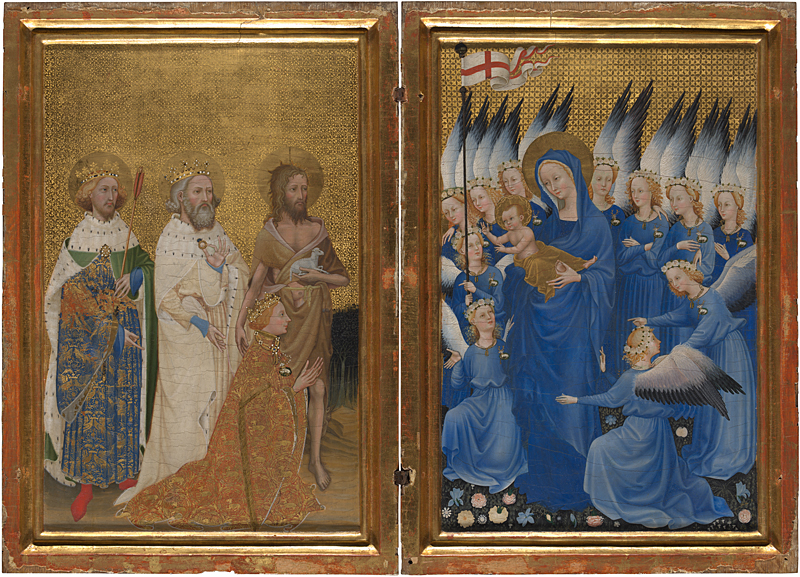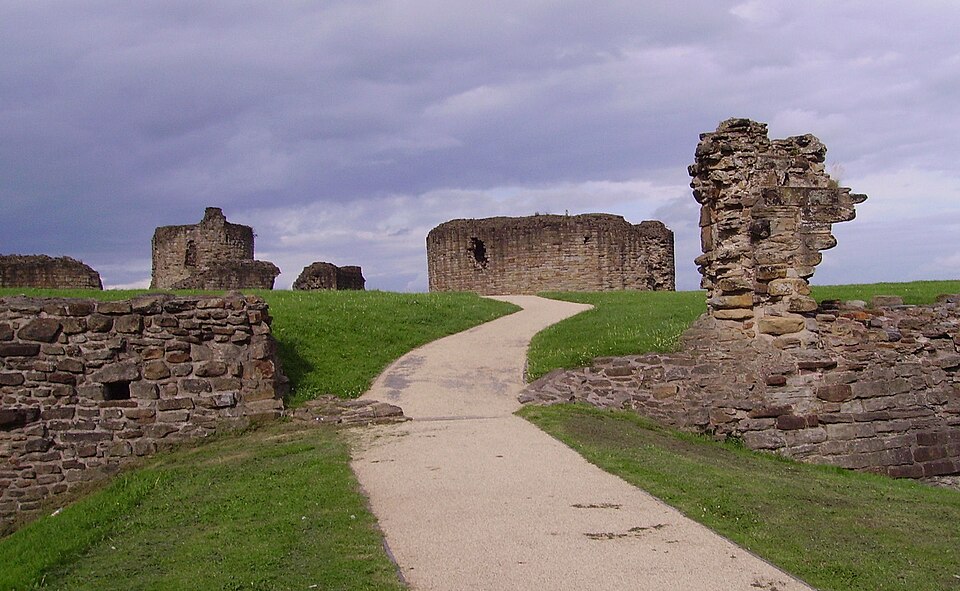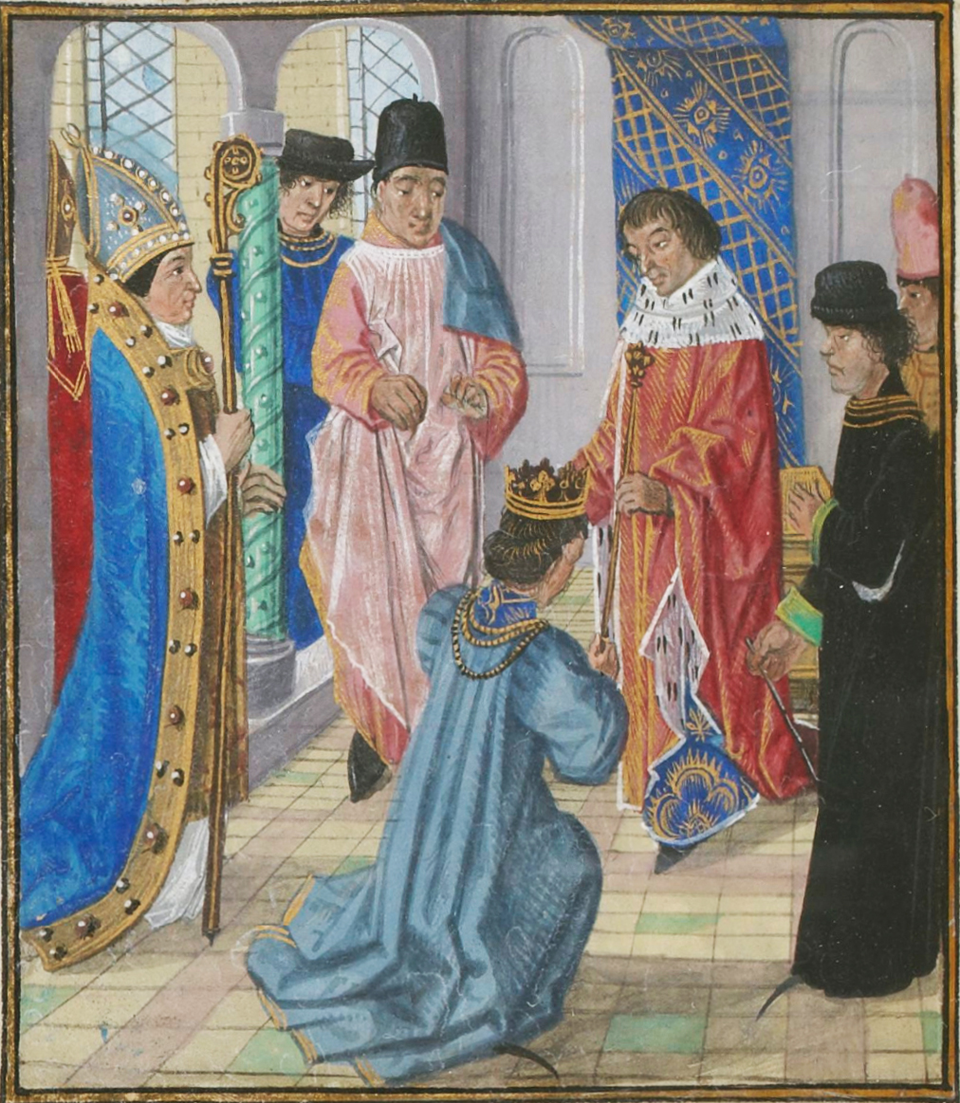OCR Specification focus:
‘Richard II’s purge (1397); arrest of Warwick, Arundel and Gloucester; the parliaments of 1397 and 1398; Richard II’s ‘tyranny’; the return and aims of Henry Bolingbroke; Richard II’s overthrow (1399).’
Richard II’s final years were marked by political repression, ruthless consolidations of power, and his ultimate deposition by Henry Bolingbroke. His reign set precedents for tyranny and legitimacy.
Richard II’s Purge of 1397
In 1397, Richard II took decisive action to avenge his humiliation by the Lords Appellant during the Merciless Parliament of 1388. Determined to remove political rivals, Richard began a calculated purge.
Arrest of Leading Opponents
Richard targeted those who had once limited his authority:
Thomas of Woodstock, Duke of Gloucester (Richard’s uncle) – arrested, transported to Calais, and soon reported dead under suspicious circumstances, widely believed to be murder.
Richard Fitzalan, Earl of Arundel – executed after a show trial at Westminster.
Thomas Beauchamp, Earl of Warwick – imprisoned for life.
Purge: The deliberate removal of political enemies by imprisonment, execution, or exile, usually to consolidate authority.
The removal of these key nobles eliminated the leadership of the Lords Appellant and frightened others into submission.
The Parliaments of 1397 and 1398
Richard used parliament to legitimise his revenge and extend his power.
The Parliament of September 1397
Known as a “Revenge Parliament”, it:
Condemned the Appellants of 1388.
Confiscated estates of the condemned.
Rewarded Richard’s favourites, especially John Holland (Duke of Exeter) and Thomas de Mowbray (Duke of Norfolk).
The Parliament of 1398
Richard reinforced his position further:
Secured grants of taxation for life, ensuring long-term financial independence.
Extended his ability to control treason trials, weakening judicial independence.
Increased patronage to loyal supporters, deepening dependence on his inner circle.
These parliaments represented a dramatic expansion of royal prerogative, bypassing traditional constraints on monarchical authority.
Richard II’s Tyranny
The years 1397–1399 are characterised as Richard’s ‘tyranny’ due to his aggressive consolidation of personal rule.
Features of Tyranny
Use of intimidation: Nobles were coerced into compliance by threats of legal retribution.
Favourites’ domination: Men such as Robert de Vere, John Holland, and Thomas Mowbray gained disproportionate power.
Suppression of dissent: Parliament became a tool for vengeance rather than counsel.
Cult of monarchy: Richard emphasised his sacred kingship, demanding exaggerated deference.

Richard II kneels before the Virgin and Child, presented by his patron saints, while angels wear his white-hart badge. Made in the final years of his reign, the diptych embodies his claim to divinely sanctioned authority. Religious elements shown exceed what students must memorise but clarify his ideological self-presentation. Source
Tyranny: Government characterised by oppressive, arbitrary, and absolute rule, often maintained through fear rather than consensus.
Richard’s tyranny alienated wide sections of the political elite, undermining the trust necessary for stable governance.
Henry Bolingbroke’s Return and Aims
The turning point came with the exile of Henry Bolingbroke, Duke of Hereford. A quarrel between Bolingbroke and Thomas Mowbray in 1398 led Richard to exile both. Bolingbroke received ten years, later extended to life, while Mowbray never returned.
Seizure of Lancaster Inheritance
In 1399, the death of Bolingbroke’s father, John of Gaunt, should have allowed Henry to inherit the vast Lancastrian estates. Richard instead confiscated them, breaking the traditional rights of succession and alienating nobles who feared for their own holdings.
Bolingbroke’s Aims
When Bolingbroke returned from exile in June 1399:
He claimed initially to recover his inheritance.
He quickly gained support from discontented nobles and the common people.
His popularity contrasted sharply with Richard’s isolation.
Inheritance: The legal transfer of property, rights, and titles following death. The confiscation of inheritance was seen as unlawful and destabilising.
By portraying himself as restorer of justice, Bolingbroke expanded his aims from private redress to seizing the crown.
Richard II’s Overthrow (1399)
Richard, campaigning in Ireland when Bolingbroke landed, returned to find his authority collapsing.
Collapse of Royal Authority
Key nobles defected: The Percy family and Edmund of Langley (Duke of York) shifted allegiance.
London hostility: The city turned against Richard due to grievances over taxation and arbitrary rule.
Desertion of retainers: Many of Richard’s men abandoned him, unwilling to defend his unpopular tyranny.
Deposition
Richard was captured at Flint Castle in August 1399.

Flint Castle’s ruins, viewed along the approach to the inner ward. This is the location where Richard II was seized during Bolingbroke’s rising, a pivotal step toward deposition. The uncluttered view helps students fix the geography of the event. Source
Taken to London, he was forced to abdicate in favour of Bolingbroke.
Parliament formally deposed him, citing misgovernment, tyranny, and injustice.

A 15th-century manuscript illumination depicting Richard II kneeling and relinquishing the crown before Henry Bolingbroke and witnesses. The image visualises the formal act of abdication that underpinned the deposition. Colour, dress and regalia emphasise the transfer of royal authority. Source
Bolingbroke was crowned Henry IV, inaugurating the Lancastrian dynasty.
Richard’s Fate
Richard was imprisoned in Pontefract Castle. His death in early 1400—likely by starvation—removed the risk of a royalist resurgence, though rumours of survival persisted.
Significance of the Deposition
Richard II’s downfall demonstrated:
The danger of ruling through tyranny and favouritism rather than consensus.
The ability of parliament to legitimise deposition.
The fragility of hereditary monarchy when trust between king and nobility collapsed.
His overthrow established the precedent that a monarch could be legally deposed for misrule, a theme that would resurface in later centuries of English history.
FAQ
Richard had bided his time since 1388, when the Merciless Parliament had curtailed his power. By 1397, he was older, had consolidated loyal supporters, and enjoyed greater resources. The deaths and weakening of some Appellants also created a safer environment for Richard to strike without immediate large-scale opposition.
Gloucester was arrested and transported to Calais, where he died under suspicious circumstances, likely murder. This removed him without the spectacle of trial.
By contrast, Arundel was publicly tried and executed, making an example of him, while Warwick was imprisoned for life. This variation suggests Richard balanced fear, deterrence, and pragmatism.
Parliament in 1397 confirmed charges of treason against the Appellants, effectively rewriting recent history by condemning those once celebrated as protectors of the realm.
It also granted Richard taxation for life in 1398, providing unprecedented financial independence. This parliamentary backing made Richard’s purge appear legal, though it undermined parliament’s traditional role as a check on royal authority.
Confiscating the vast Lancastrian estates after John of Gaunt’s death broke feudal custom, which guaranteed inheritance rights.
Nobles feared the king could now seize their lands arbitrarily. This precedent created insecurity across the aristocracy, driving many to support Bolingbroke when he returned in 1399.
Richard was in Ireland in 1399, seeking to reassert royal authority over the Gaelic lords.
His absence allowed Bolingbroke to land unopposed in Yorkshire.
Communications between Richard and England were slow, delaying his response.
The campaign drained royal resources, making resistance to Bolingbroke harder.
This miscalculated absence hastened Richard’s collapse when discontented nobles chose to defect.
Practice Questions
Question 1 (2 marks)
Which three nobles were targeted in Richard II’s purge of 1397?
Mark Scheme:
1 mark for each correct noble named (up to 2 marks).
Accept: Thomas of Woodstock, Duke of Gloucester; Richard Fitzalan, Earl of Arundel; Thomas Beauchamp, Earl of Warwick.
Do not credit other names.
Question 2 (6 marks)
Explain how Richard II’s actions in 1397–1399 contributed to his deposition.
Mark Scheme:
Award up to 6 marks.
1–2 marks: Simple statements, e.g. “Richard killed rivals” or “He was unpopular.”
3–4 marks: Some explanation of links between his purge/tyranny and loss of support, e.g. “Richard’s purge removed powerful nobles but created fear and resentment, weakening trust.”
5–6 marks: Developed explanation with clear connections, e.g. “Richard’s purge of Gloucester, Arundel and Warwick showed ruthlessness and alienated the nobility. His confiscation of Bolingbroke’s inheritance broke accepted custom, convincing nobles that their rights were unsafe. These actions lost him support, making his deposition by Bolingbroke possible.”

